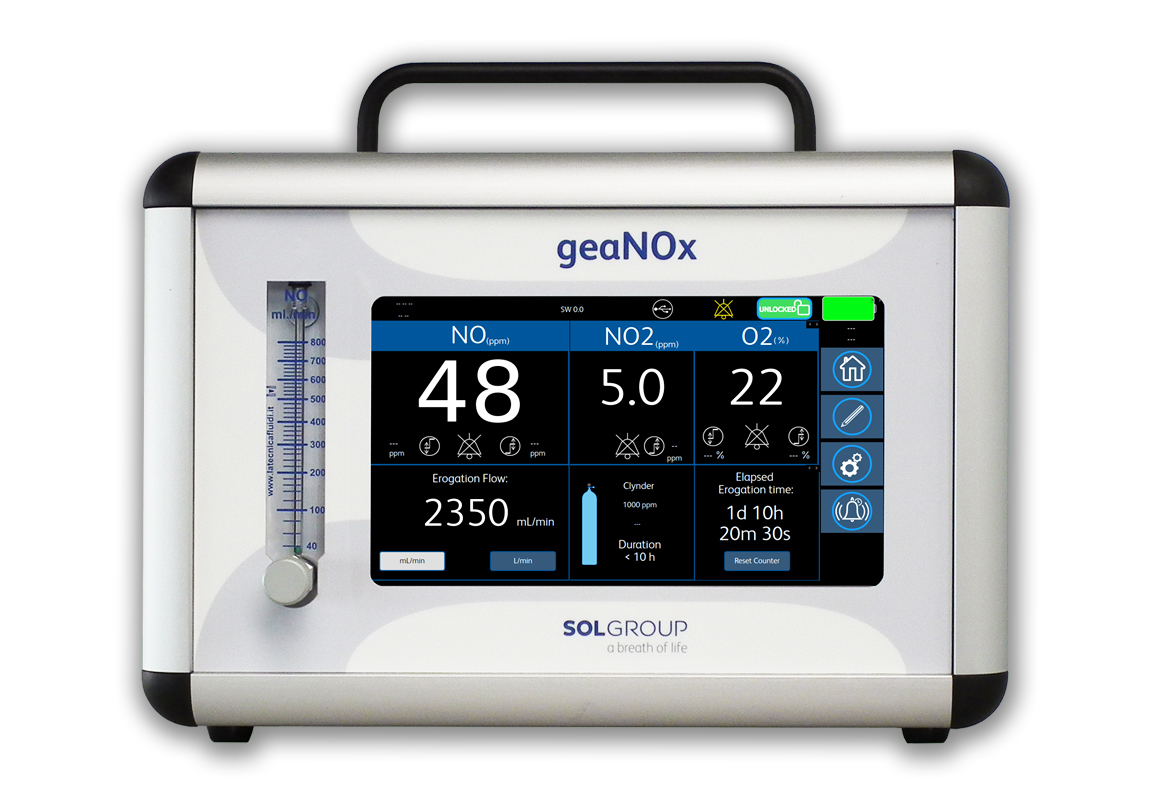Inhale Nitric Oxide Therapy
Nitric Oxide (NO) is a recognized and selective pulmonary vasodilator in adults and neonates and used in the treatment of pulmonary hypertension. NO is added to ventilator circuits in the treatment of patients with severe breathing difficulties. It is used to improve gas exchange and reduce pulmonary arterial pressure in neonate, pediatric and adult intensive care units.
NO delivery and monitoring
The use of NO demands precise monitoring and management to avoid causing unnecessary pain and suffering to the patient. This can occur in the following cases:
- NO has a very short duration of action and on its sudden withdrawal, for example, the cylinder runs out, there can be rapid pulmonary vasoconstriction and hypoxemia (rebound).
- Inhalation circuits to deliver NO must ensure the accurate continuous delivery of NO while minimizing levels of NO2.
- Mechanical or human error may produce inadvertently low or high NO concentrations. Therefore it is essential to monitor NO and O2 concentrations.
- Both NO and NO2 have the potential for toxicity in clinical use. Nitrogen dioxide (NO2) is formed rapidly from combining oxygen and NO, the rate depends on the concentration of oxygen and square of NO concentration. Approximately 50% of inhaled NO2 is retained within the lung and once absorbed it remains there for prolonged periods, reacting with water to form nitric and nitrous acids which are responsible for the pulmonary toxicity of NO2.
In summary, the use of accurate, real-time NO, NO2 and O2 monitors is essential in order to ensure the correct dosage, reduce side effects of NO therapy and ultimately improve the patients’ quality of life.
Applications
- Persistent pulmonary hypertension in newborn babies
- Acute post operative cardiac patients
- Acute respiratory distress syndrome (ARDS)

